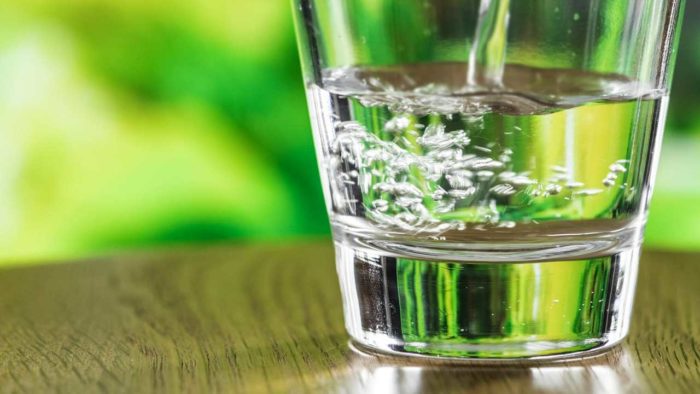Dermal fillers are substances that are injected below the skin to provide volume. They may be used to remove wrinkles, reduce the effect of scars and provide a younger and more refreshed appearance. Dermal fillers may also be used to correct facial defects and can therefore be used in all ages and for different indications.
Before looking at the ways of prolonging the effect of fillers so that they last longer, let’s have a look at the various types of dermal fillers available in the US and how they differ from each other.
There is a number of US FDA approved temporary dermal fillers. They are temporary as the body slowly absorbs them and they will disappear over time. However, choice of fillers outside the US may be much more extensive due to less stringent safety norms.
MATERIAL OF TEMPORARY DERMAL FILLERS
- COLLAGEN – is frequently used as dermal fillers, it is a type of protein that is found in abundance in our skin. Commercially available dermal fillers have collagen extracted from either bovine tissue or human cells. It is regarded among the safest. However, it is also short lasting with visible effect only for 3-4 months.
- HYALURONIC ACID – is a kind of carb that is found in abundance in our joints. It is frequently added to various cosmetics for skin health. Hyaluronic acid gel swells when it comes in contact with water, thus giving a smooth filling effect. It is mostly sourced from a specific type of bacteria. Manufacturers use various technologies to modify it and make it more stable. Thus its preparation will roughly last around 6 – 12 months*.
- CALCIUM HYDROXYLAPATITE – is a kind of mineral found in abundance in bone and teeth. Various manufacturers produce dermal fillers with this substance. It is very stable substance and can provide a filling effect that can last for up to 18 months or even more. Radiesse is an example of a dermal filler containing calcium hydroxylapatite.
- POLY – L- LACTIC ACID (PLLA) – a synthetic material which had been used in medicine for some time as bio-absorbable sutures and bone screws. It is among the long-lasting The full effect can only be visible after few weeks as it swells slowly. It means that it will be injected in more than one sitting. This kind of dermal filler can last up to 2 years or more. It is sold under the name of Sculptra.
DERMAL FILLERS AND AGE
There are a couple of things to remember with dermal fillers. First of all your practitioner is the best person to advise you on the type and amount of dermal filler needed, based on you aesthetic goals. Different skin types, ageing and indications for using dermal fillers can vary and therefore there is not one dermal filler that is suitable for all people.
There is a separate blog post on skin ageing, but in essence, the hyaluronic acid content in the skin decreases with ageing. This is important to take into consideration, as it will affect the required type and amount of dermal filler.
IN YOUR TWENTIES AND THIRTIES…
Dermal fillers can be used to enhance certain features or reduce the appearance of wrinkles.
IN YOUR LATE FOURTIES AND ONWARDS…
The dermal fillers in this age category might be used in combination with toxins and microneedling or cosmetic surgery to achieve the aesthetic goals you are hoping to achieve.
IS THERE A WAY TO MAXIMIZE THE DURATION OF THE EFFECTS OF DERMAL FILLERS?
Frequently people want to know why permanent fillers aren’t used more widely temporary ones are used instead? The fact is that temporary/absorbable fillers are much safer. Besides they are made out of materials that naturally occur in your body. Moreover, as time goes by the appearance that you have with the fillers might look different considering the dynamic and anatomical changes your face is undergoing with time.
However we would like to give a few tips on how to prolong the duration of your dermal filler:
- Minimize UV exposure as it is known to cause skin ageing and make it a habit to use sunscreen.
- Take care of your skin. Don’t forger to moisturize but also consider your dietary intake. Hydration is good not only for your skin but also dermal fillers! Remember that hyaluronic acid fillers look better when you drink water. See other posts for what you should eat for your skin health.
- Relaxing doesn’t only benefit your overall wellbeing but also relaxes your facial muscles and the appearance of wrinkles.
- Regular visits to your specialist. It will not only help you to maintain your appearance and but might also reduce the amount of required dermal fillers.
Please note that the duration of fillers vary and depending on many factors such as lifestyles, age, gender, what areas that are treated and type of filler. Your specialist will advise and discuss different options with you.
See other blog posts for foods and treatments that will help your skin health.






